As youth sports become more competitive, the risk of injuries isgrowing, impacting healthcare costs and raising liabilityissues.
|A report released last month by Safe Kids Worldwide, anon-profit advocacy group, provided a look at the impact sportsinjuries are having on today’s youth. According to the report, 1.24million children were seen in emergency rooms for sports injuriesin 2013 – that averaged out to 3,397 a day, 141 per hour and oneevery 25 seconds.
|The study surveyed 1,000 athletes in seventh through10th grade, 1,000 coaches and 1,000 parents. Childrenaged 13-15 had the largest number of injuries and 90% of theathletes said they were injured while playing a sport. The topinjuries were:
- Sprains & strains – 37%
- Dehydration – 24%
- Broken/fractured bones – 13%
- Concussions/head injuries – 12%
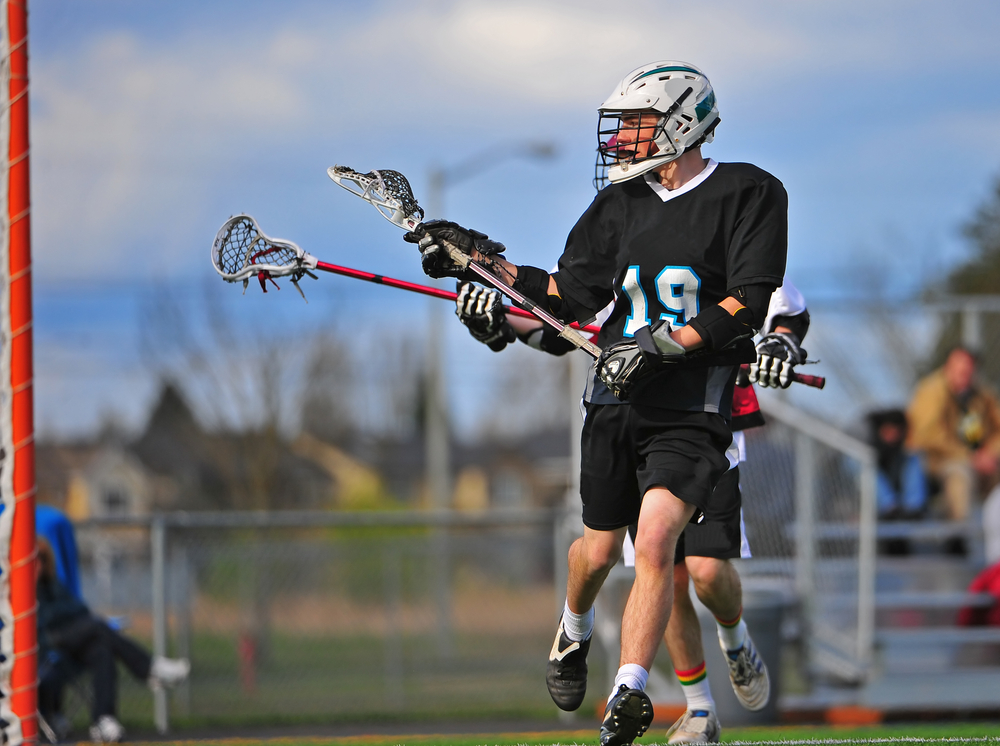
No sport is immune to injury. Ankles are the most frequentlyinjured part of the body, followed by head injuries and fingers.The most common injuries are strains/sprains (451,480); fractures(249,500), bruises/contusions (210,640) and concussions(163,670).
|And athletes are more willing than not to play injured and nottell their coaches or parents. Fifty-four percent of athletes saythey have played injured because they didn’t want to be benched,didn’t want to let their team down or they didn’t want to miss animportant game.
|Several years ago, Tyler, a young lacrosse player broke his footfalling from a tree. He iced it, taped it up and played in alacrosse game the next day. He scored eight goals and led his teamto victory before telling his coach or parents that he was injured.This story illustrates the statistic that 42% of athletes havehidden or down played an injury so they could keep playing.
|Amazingly, 53% of the coaches surveyed said they feel pressurefrom parents or players to put an injured athlete back into agame.
||
Safe Kids Worldwide collected hospital emergency room reportsfrom 2012 and identified the 10 most popular sports and the numberof injuries among athletes 19 and under. Contact sports led thelist, but even individual sports like gymnastics, track and fieldhave their share of injuries.
|Football – 394,350
|Basketball – 389,610
|Soccer – 172,470
|Baseball – 119,810
|Softball – 58,210
|Volleyball – 43,190
|Wrestling – 40,750
|Cheerleading – 37,770
|Gymnastics – 28,300
|Track & field – 24,910
|All of these injuries raise the question – who can be heldliable when an athlete is seriously injured?
||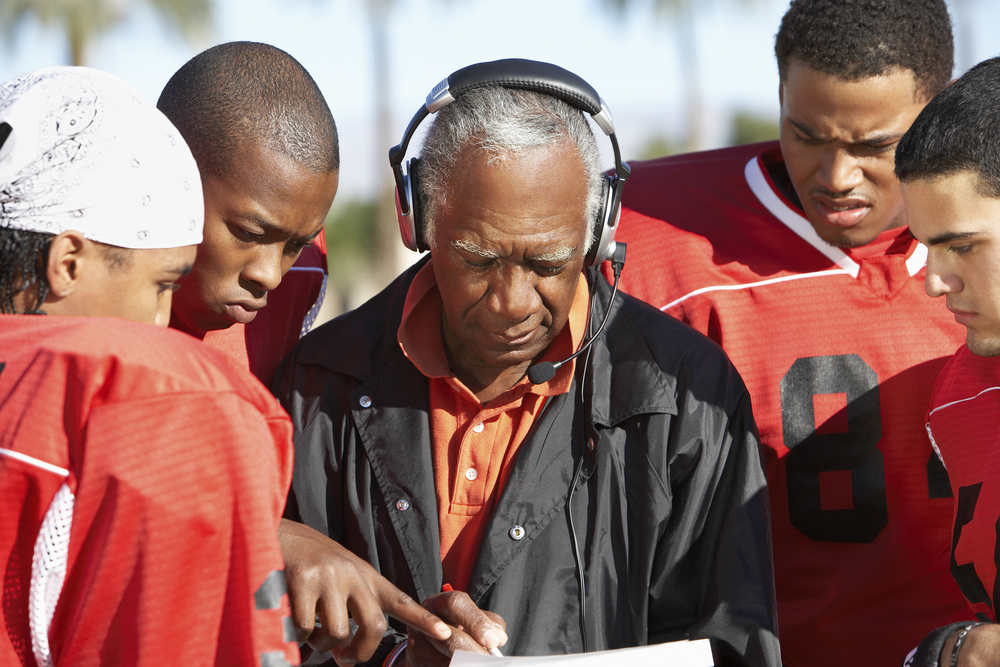
A number of court cases illustrate the legal duty of care forthose involved in conducting physical activity programs forathletes of all ages. Regardless of whether it is a school program,a recreation council event, or a program sponsored by anotherentity, there are legal duties involved in educating and protectingparticipants that include:
- |
- Providing adequate instruction on the activity – this includestraining, an explanation of the basic rules and procedures,suggestions for proper performance and an identification of therisks involved.
- Supplying proper, necessary and appropriate protectiveequipment – for contact sports this might include helmets and mouthguards, chest protection for catchers and the like.
- Making a reasonable effort to match the participants (e.g.,height, weight, size, skill) to reduce the risk of injury toplayers having to compete against athletes who are substantiallylarger or more aggressive.
- Providing appropriate supervision for the age group andevent.
- If someone is injured, providing proper post-injury care toprevent aggravating the injury any further.
Coaches, whether professionals hired by an educationalinstitution or volunteer parents coaching for the local reccouncil, are expected to provide reasonable instruction andpreparation to their players. This involves the rules of the game,the risks and the proper use of protective equipment.
|In Leahy v. School Board of Hernando County (1984) a freshmanfootball player did not receive a helmet and mouth guard because ofa lack of equipment at his school. He was still expected toparticipate in what were called “non-aggressive” agility drillsagainst other players who were wearing protecting equipment. Hesuffered facial injuries and his front teeth were shattered.
|The court found this was a foreseeable consequence because ofthe failure to provide the appropriate protective gear and give theplayers cautionary instructions concerning contact with unprotectedstudents. The school was found liable for failing to exercisereasonable care to protect the student. In addition, the courtfound that the alleged negligence of the other player was a“foreseeable consequence,” since the coach failed to provide theappropriate precautionary instructions and did not appropriatelysupervise the activity.
||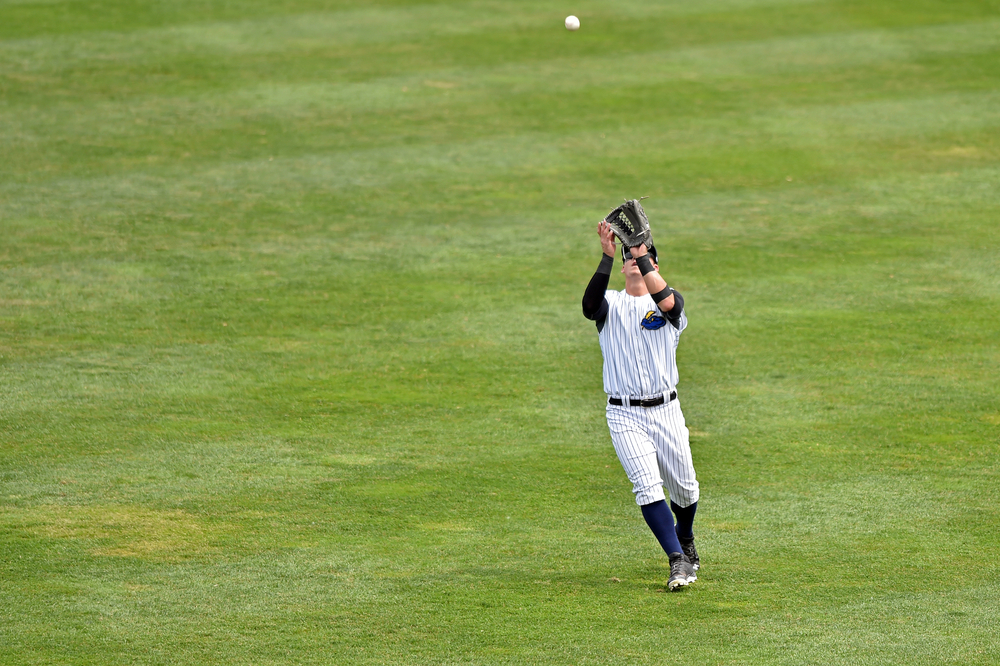
Players may also be held responsible for injuries they sustainor impart on other players. Obviously, responsibility depends onthe age of the player. The level of supervision required for a teamof seven-year-olds is significantly different from what is requiredfor a team of varsity athletes.
|In Beckett v. Clinton Prairie School Corp. (Ind. 1987), an18-year-old baseball player was injured when he collided head-onwith another player as they practiced a fly ball drill. The courtsaid the appropriate standard is “whether a defendant exercised hisduty with the level of care of an ordinary prudent person under thesame or similar circumstances.” The court recognized that thisresponsibility would vary depending on the age of the players, butin this instance found that the injured player (the plaintiff)could understand the risk of colliding with another player whilechasing the fly ball.
|Since the coach had warned the players about the risks of such acollision, the court found that the plaintiff had assumed the riskof injury in this case.
||
Other examples of possible liability include:
|A football coach who teaches improper tackling techniques thatcould cause injury to either player.
|A coach who knows that a player has sustained a concussion andstill allows the athlete to go back into the game and play whileinjured.
|A cheerleading coach who allows dangerous routines to bepracticed without appropriate spotters, safety or training methodsand equipment.
||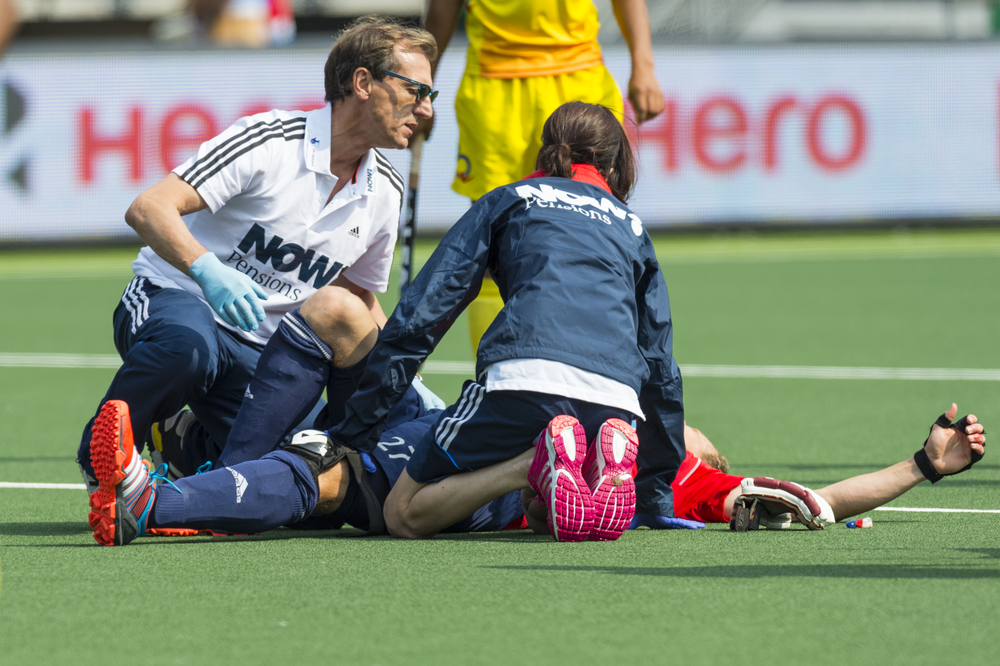
What does insurance cover?
|Health insurance will usually cover medical expenses directlyrelated to the injury, but not the costs associated withrehabilitation, home care for paralyzed athletes, expenses forspecial equipment (e.g., wheelchairs, adjustable beds, specialhandicapped vans, lifting devices). Insurance also does not coverthe loss of future income or pain and suffering
|Many of these young athletes are competing for scholarships.Division 1 and 2 schools award in excess of $2 billion a year inscholarships. A severe injury could cost an athlete over $200,000towards a college education. However, there is a new insuranceproduct available, Education ProtectorSM, that providestuition reimbursement in the event an athlete is injured during theperiod between when the verbal offer is extended and the formalsigning of the letter of intent from an NCAA Division 1 or 2school.
|Initially the policy is only available in California, but it isexpected to be offered in other markets across the country.
||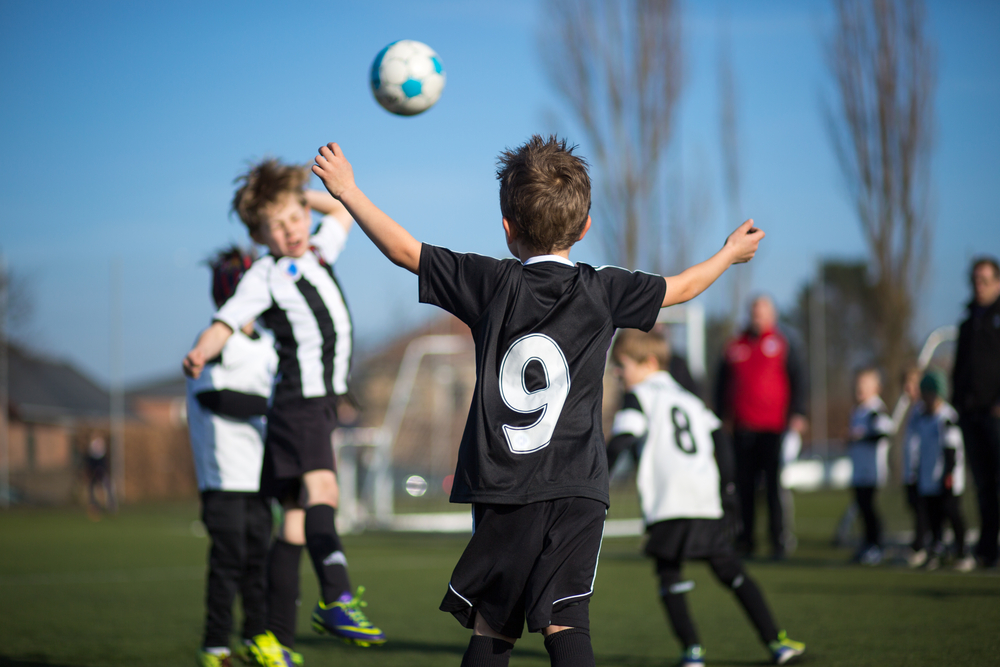
Keeping Kids Safe
|Safe Kids offers several recommendations for reducing theincidence of injuries in student athletes:
- |
- Involve parents, coaches and athletes in the discussionconcerning ground rules and how the team will treat injuries.
- Teach athletes how to prevent injuries with proper training,techniques, warm-up exercises and stretches.
- Encourage athletes to report injuries immediately. Don’t allowinjured athletes to continue to play.
- Discourage rule breaking and dirty play. Call fouls that cancause injuries.
- Teach athletes injury prevention skills and encourage coachesto pursue CPR and AEC certifications.
Want to continue reading?
Become a Free PropertyCasualty360 Digital Reader
Your access to unlimited PropertyCasualty360 content isn’t changing.
Once you are an ALM digital member, you’ll receive:
- All PropertyCasualty360.com news coverage, best practices, and in-depth analysis.
- Educational webcasts, resources from industry leaders, and informative newsletters.
- Other award-winning websites including BenefitsPRO.com and ThinkAdvisor.com.
Already have an account? Sign In
© 2024 ALM Global, LLC, All Rights Reserved. Request academic re-use from www.copyright.com. All other uses, submit a request to [email protected]. For more information visit Asset & Logo Licensing.








